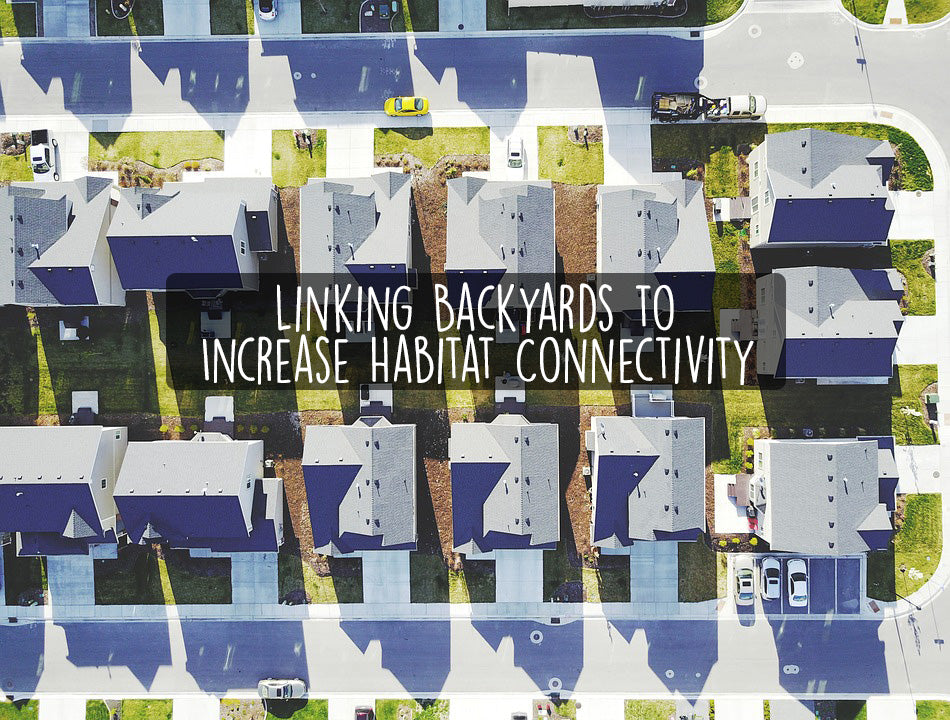Offer
Provide additional details about the offer you're running.
Provide additional details about the offer you're running.
Provide additional details about the offer you're running.

We’ve been talking habitat since we started our journey into the birding world and will likely continue to do it for many years to come. The reason being, without us taking action to fight or at least, mitigate habitat destruction, we will continue to see declines in bird populations, insects and many other forms of wildlife all around us.
As we continue to put shovels in the ground to develop new areas of our towns and cities, we must continue to be mindful of the habitat that we are disrupting in doing so. As many of you know, we have recently moved into a local neighbourhood that is currently under development and has become the perfect opportunity to highlight the importance of continued habitat connectivity.
What is Habitat Connectivity?
When it comes to ecology, habitat connectivity is what plants and animals rely on to move about their territories, search for mates, raise their young and forage for food. Ecologists break down these natural connections through patches, stepping stones and corridors. As their name suggests, patches are larger swaths of habitat that allow species to carry out a large portion of their life cycle, while the stepping stones are smaller natural areas that act as bridges (or stepping stones) between two large patches. Finally, corridors act similarly to stepping stones but are much larger in nature and allow the movement of organisms from one refuge to the next.
The Neighbourhood Effect
Given the raw natural and ecological makeup of these defined natural areas, it isn’t hard to imagine that these areas can be detrimentally affected through commercial or residential construction. What once served as a patch, stepping stone or corridor, might now be your new backyard. This effect is also known as fragmenting natural areas from each other and can certainly disrupt habitat and the life cycle of the organisms that once called it home.
The Solution?
We like to refer to it has backyard linking. As you can see in the video above, we’ve got roughly 150 feet of new backyards with fresh sod. We are going to take it upon ourselves to connect with our neighbours and push for connectivity across our yards to ensure that, while the construction of our homes might have disrupted thee natural areas, that we do our best to recreate natural habitat for our birds, bees, insects and other wildlife.
Instead of fences, we will suggest shrubs and hedges. In addition to beautiful flowering gardens, we will plant natural grasses as well.
Construction and development is not going anywhere and many of the local builders take environmental issues quite seriously. If we can take that another step forward and get these new neighbourhood residents involved, our birds and other wild friends are sure to benefit as well in the long term.
High Quality Blend